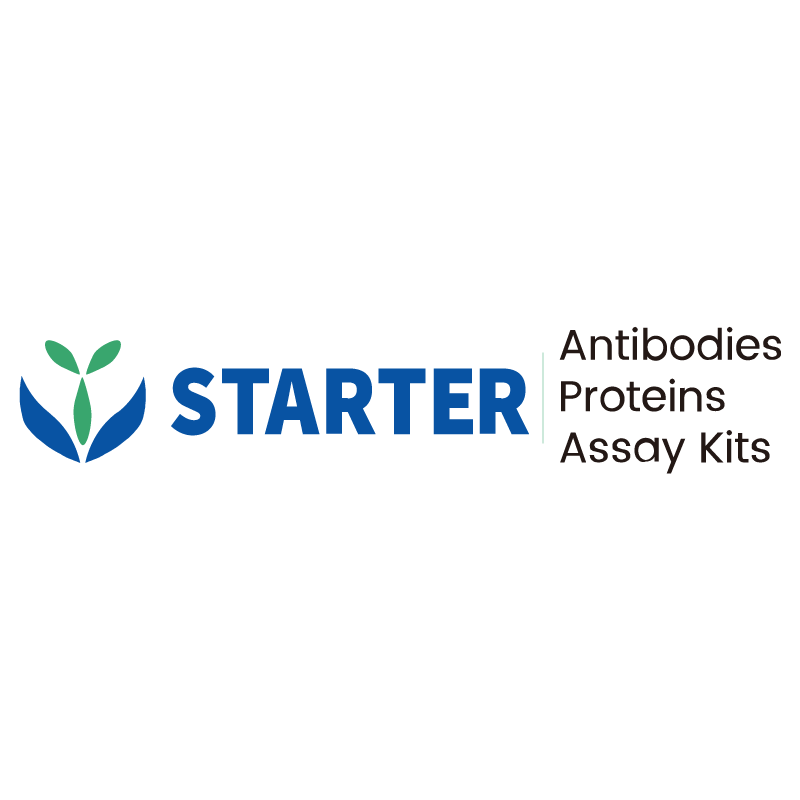Flow cytometric analysis of Human Peripheral Blood cells labelling Human CD86 antibody at 1:200 (1 μg) dilution (Right panel) compared with a Mouse IgG2b, κ Isotype Control (Left panel). Goat Anti-Mouse IgG Alexa Fluor® 488 was used as the secondary antibody. Then cells were stained with CD14 - Allophycocyanin antibody separately.
Product Details
Product Details
Product Specification
| Host | Mouse |
| Antigen | CD86 |
| Synonyms | T-lymphocyte activation antigen CD86; Activation B7-2 antigen; B70; BU63; CTLA-4 counter-receptor B7.2; FUN-1; CD28LG2 |
| Location | Cell membrane |
| Accession | P42081 |
| Clone Number | S-3063 |
| Antibody Type | Mouse mAb |
| Isotype | IgG2b,k |
| Application | FCM |
| Reactivity | Hu |
| Positive Sample | Human Peripheral Blood cells |
| Purification | Protein A |
| Concentration | 2 mg/ml |
| Conjugation | Unconjugated |
| Physical Appearance | Liquid |
| Storage Buffer | PBS pH7.4 |
| Stability & Storage | 12 months from date of receipt / reconstitution, 2 to 8 °C as supplied |
Dilution
| application | dilution | species |
| FCM | 1:200 | Hu |
Background
CD86, also known as B7-2, is a co-stimulatory molecule expressed on the surface of antigen-presenting cells (APCs) such as dendritic cells, macrophages, and B cells. It plays a crucial role in the immune response by interacting with CD28 on T cells to provide a necessary co-stimulatory signal for T cell activation, proliferation, and differentiation. Additionally, CD86 can also bind to CTLA-4, an inhibitory receptor on T cells, thereby regulating immune responses and maintaining immune homeostasis. This dual functionality makes CD86 a key target in immunotherapy research, particularly in the development of cancer treatments and autoimmune disease management strategies.
Picture
Picture
FC


